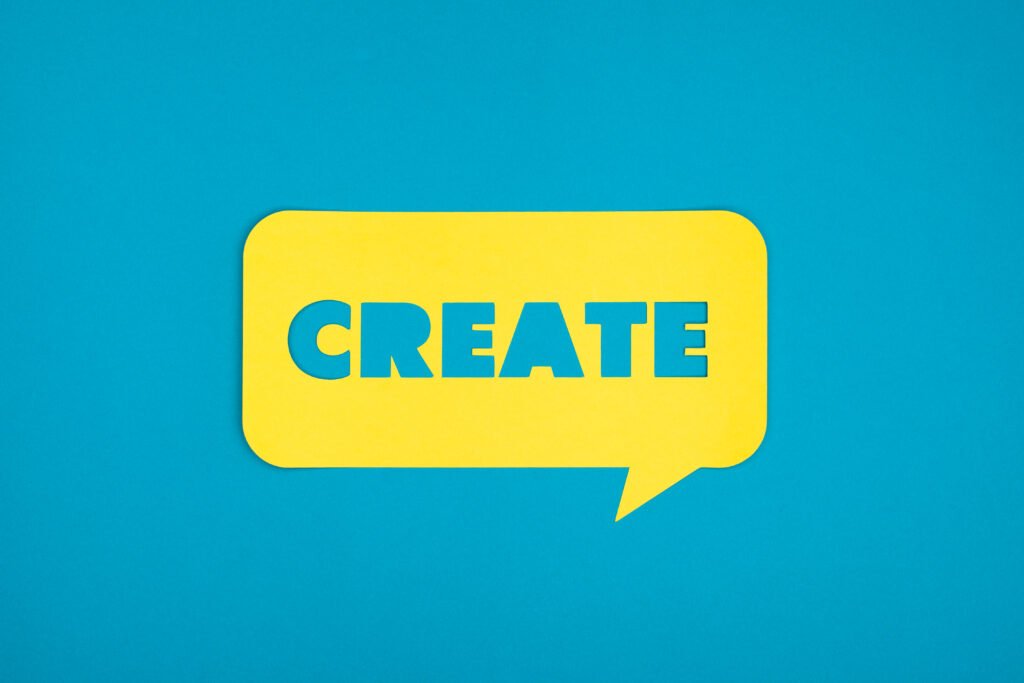I am an Architecture Graduate – What Next?!

“Why did you choose to be an Architect?” my ‘would be boss’ fired the first question of my interview.
“Actually… “ I started and narrated to him how I was ‘good at drawing’ in my childhood days and one of my uncles said – “ you seem to have a good hand at drawing, you should be an Architect”.
By the time I was in 10th standard, I was in love with Architecture without any idea of what it means to be an Architect!!
Why I chose to be in this office? My elder cousin (incidentally son of my uncle who said I should pursue Architecture) referred me to his Architect friend. My boss was a ‘Successful Architect’ and I wanted to get there fast!

A. Career Crossroads
“How many years of work experience do I need, to start my own practice?”
Was my question to the Principal Architect during my internship. “5 years if you are smart” she said.
It took me 15 years to start my own practice and 5 more years to realize I needed a different ‘company’!
A large majority of Architecture and Design graduates go through similar stage in life when they have to make a ‘Choice’. Where to work? When to do my Masters? Should I choose Urban Design? Sustainability? Product Design or Project Management?
Graduates consult their peer group, parents, faculty and people in their social circles and make a choice based on ‘other people’s opinions’. Whereas what they really need is profound experiential guidance at this stage.
Having learnt the fundamentals of Design they often forget they need to Design their Career!

B. Driving in a strange city without a Map
…Was how our journey was back in the nineties. We didn’t have much at stake those days. My college fee was equal to my son’s uniform cost of today.
Presently that’s not the case; parents spend roughly between 3 to 30 lakhs or more on children’s professional education in India. Added to this the incumbent education loan to pursue ‘Master’s Program’ abroad?
Indian parents and students sadly think ‘Spending (shall we say investing?) huge sums of money on education ensures career success’. What we see in professional arena however is big gaps between the ‘Subject of specialization’ to what one is contributing in the industry.
C. Cost of poor Career Choice
Monetary cost apart, the price talented graduates pay to ‘get on track’ with their career is huge. Frequent job changes, working abroad, start-up failures, mid-life crisis and many variations of these with marriage and parenting in-between.
It is rather difficult to measure the cost of ‘Wasted Talent’.
One of my mentors famously said – “The only thing worse than going in the wrong direction is going in the wrong direction ENTHUSIASTICALLY”. And man… can I relate to that? After 23 years!
D. Blueprint for Career Design

Most people do not get what they want, because they don’t know what they want. – T Harv Eker
A simple 3-step methodology would help graduates make-up fairly accurate career direction.
1. Self evaluation
2. Conscious choice making
3. Designing a career path
Let’s briefly dive into the three steps
1. Self evaluation (Why)

Firstly, I recommend students, graduates and young professionals to take time off and re-connect with their ‘Dreams and Desires’. Make a random bucket list of your dreams without heed to how the same may be achieved. As the title suggests it is done by self without consulting others.
Few questions to seek answers for…
- You are gifted with some natural talents. What are they?
- What are your core strengths? Personal interests?
- If your lifestyle needs were taken care of, what would you be doing?
- What brings Joy and meaning into your life?
2. Conscious choice making (What)

The next step is option exploration. Listing down all possible career options out there.
Few questions to seek answers for…
- Who inspires you the most? Who is your role model?
- What aspect of him/her is the inspiration?
- What are you passionate about?
- What would you contribute to the world?
- How do answers for the above questions correlate with the choices available?
When you have answers for the above two sections ‘from the gut’ you are ready for the next step of ‘Designing your Career path’.
3. Design a career path (How and When)

You are a trained designer… aren’t you?
Rough sketches lead to drafted plans lead to visualization and detailing. It’s the same thing with your career design. Start from the whole and move to the parts.
Plan out your Short-term goals (1-3 years), Medium-term goals (5-10 years) and Long-term goals (15-20 years or more)
Begin with the end in mind – Stephen Covey
The Key here is to ‘go for the moon’ without getting overwhelmed, allowing yourself to make changes along the way and not wait for perfection.
Course correction is an integral part of this design process, incremental improvements are essential.
To conclude could I have done better than 20 years to get where I am? For sure, I could have saved half that time probably! I have paid the price (and many of my peers too) but we do not want you to.
Authored by: Sathish Desai
Principal Architect & Designer – CREO, Bengaluru
Disclaimer:
The content in this article is from the author’s personal experience and his learning from various resources. It is intended to inspire and help people. Author is open to feedback and comments. This may be shared for the benefit of students & professional communities.



